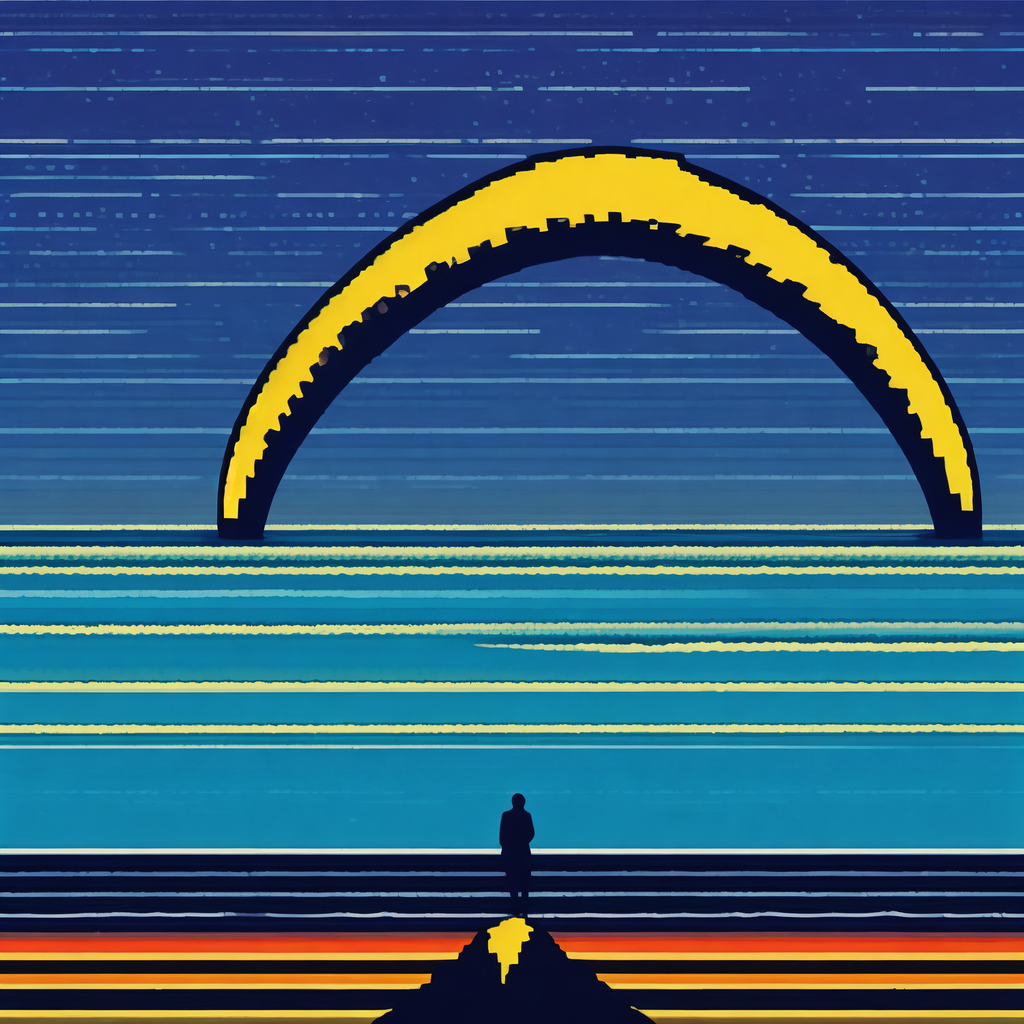Paper Reading - Shape-Changing Interfaces:A Review of the Design Space and Open Research Questions
Shape-Changing Interfaces: A Review of the Design Space and Open Research Questions
Author
Majken K. Rasmussen, Esben W. Pedersen, Marianne G. Petersen, Kasper Hornbæk, CHI 2012
Keywords
Shape-changing interfaces; shape displays; organic user interfaces; actuated interfaces; non-visual actuators
WHAT
review existing research on shape-changing interfaces
Analyze the change in shape, the dynamics of change, the interaction, and the design purposes
Discuss open research questions and under-researched areas
Provide an overview of the design possibilities in shape-changing interfaces
Outline open research questions
WHY
Point design, not the design space
Technical, not artistic/psychological
Rarely tangible interfaces
HOW
- Scoping review
Results
Types of change in shape
- orientation, form, volume, texture, viscosity, spatiality, adding/subtracting, and permeability
Types of transformation
Kinetic parameters
Velocity, path, direction, space
provide few details on how the transformation occurs
movements often are complex and thus hard to express in text
Expressive parameters
Association
Adjectives
designer’s intention with the movements tend to be rather subjective and provide little information about the movements necessary to obtain it
rare studies of how users actually experience the prototypes
Interaction
No interaction
- shape change is used solely as output
Indirect interaction
- shape change occurs based on implicit input
Direct interaction
- shape change is used as both input and output
Purposes of shape change
Functional Aims
Communicate information
Dynamic affordances
Haptic feedback
Hedonic Aims
aesthetical
emotion
Stimulation and provocation
Explorative
technical
aim at increasing our understanding of the materials involved in shape change
Toolkits for Programming
Discussion
Purpose
Design Space
User Experience
Limitation
